How to Start an Online Clothing Store Without Inventory in 2025?
- What are the pros of not having inventory?
- How much money do you need to start an online store without inventory?
- How to start selling products without inventory?
- How to create an online store with no inventory?
- How to sell without inventory with BrandsGateway?
- Master the art of inventory-free eCommerce
- FAQ
Starting an online store without inventory? It's not just a dream—it's a viable business model gaining popularity by the day.
And with eCommerce sales hitting close to 6 trillion USD last year, there’s really no better time to capitalize on this opportunity.
This innovative approach involves selling products directly to customers without the hassle of stocking inventory yourself. Instead, you partner with suppliers who handle order fulfillment on your behalf.
Today, we’ll be covering various business models, strategies, and tools for starting an online clothing store without inventory - from market research and customer service and to product promotion and store personalization.
:format(webp)/https%3A%2F%2Fbrandsgateway.com%2Fapp%2Fuploads%2F2024%2F06%2Fbanner.jpg)
Looking for a reliable dropshipping or wholesale supplier?
Join us today for top-quality products and unbeatable prices.
What are the pros of not having inventory?
Running an online clothing store without inventory offers numerous advantages that can help you streamline your business operations, reduce costs, and maximize profits.
Lower upfront investment: Without the need to purchase and store inventory upfront, you can allocate your capital to other essential aspects of your business.
Reduced storage costs: By eliminating the need for physical storage space, you can avoid the costs associated with renting or purchasing warehouse facilities. This means you can operate your online store from anywhere with an internet connection as long as you have good internet speed, whether it’s your home office, a co-working space, or a coffee shop.
Flexibility and scalability: Not having inventory allows for greater flexibility and scalability in your business operations. You can easily scale your business up in response to changes in demand without being constrained by inventory levels.
Reduced risk of overstocking: With traditional inventory-based models, there’s always the risk of overstocking, which can tie up valuable capital. By adopting an inventory-free model, you can avoid this risk altogether and only purchase products when there’s a confirmed demand from customers.
Focus on core competencies: Without the burden of managing inventory, you can focus your time and resources on other critical aspects of your business, such as product sourcing, marketing, customer service, and brand building.
How much money do you need to start an online store without inventory?
Starting an online clothing store without inventory is much cheaper than running a traditional retail business. But you still need a budget for a few essentials.
Here’s a quick breakdown:
- Ecommerce platform – Shopify, WooCommerce, or Wix ($29–$39/month for basic plans).
- Dropshipping supplier – Subscription fees an product prices can vary depending on your niche.
- Domain and hosting – A domain costs about $10–$20 per year, and hosting is included with most ecommerce platforms.
- Website design & branding – You can use free themes, but a premium theme or custom logo may cost $50–$200.
- Marketing – Facebook and Instagram ads ($100+ to start), plus email marketing tools like Klaviyo or Mailchimp ($0–$30/month).
How to start selling products without inventory?
Dropshipping
Dropshipping is type of an eCommerce business model enabling you to sell goods online without maintaining an inventory.
Instead, your supplier stores the products you sell and handles shipping the purchased items directly to your customers.
How does dropshipping work?
The basic process of dropshipping goes as follows:
- STEP 1: Set up an online store: Choose a platform and create your website.
- STEP 2: Select products to sell: Partner with clothing dropshipping suppliers that offer dropshipping services for those items.
- STEP 3: List products on your site: Integrate your store with your supplier and import desired products.
- STEP 4: Customer places an order: They buy an item from your store at retail price.
- STEP 5: Order forwarded to the supplier: You buy the item from the supplier at a lower wholesale price.
- STEP 6: Supplier ships product: The order is sent directly to your customer.
Successful clothing dropshipping businesses
Men’s Luxury Boutique
- Niche: luxury men’s clothing and accessories
Specializing in men’s fashion, Luxury Men’s Boutique offers a diverse range of clothing, watches, and shoes. They have been attracting customers through both their Instagram and Facebook accounts, leading them to receive plenty of positive reviews that are all displayed on their website.
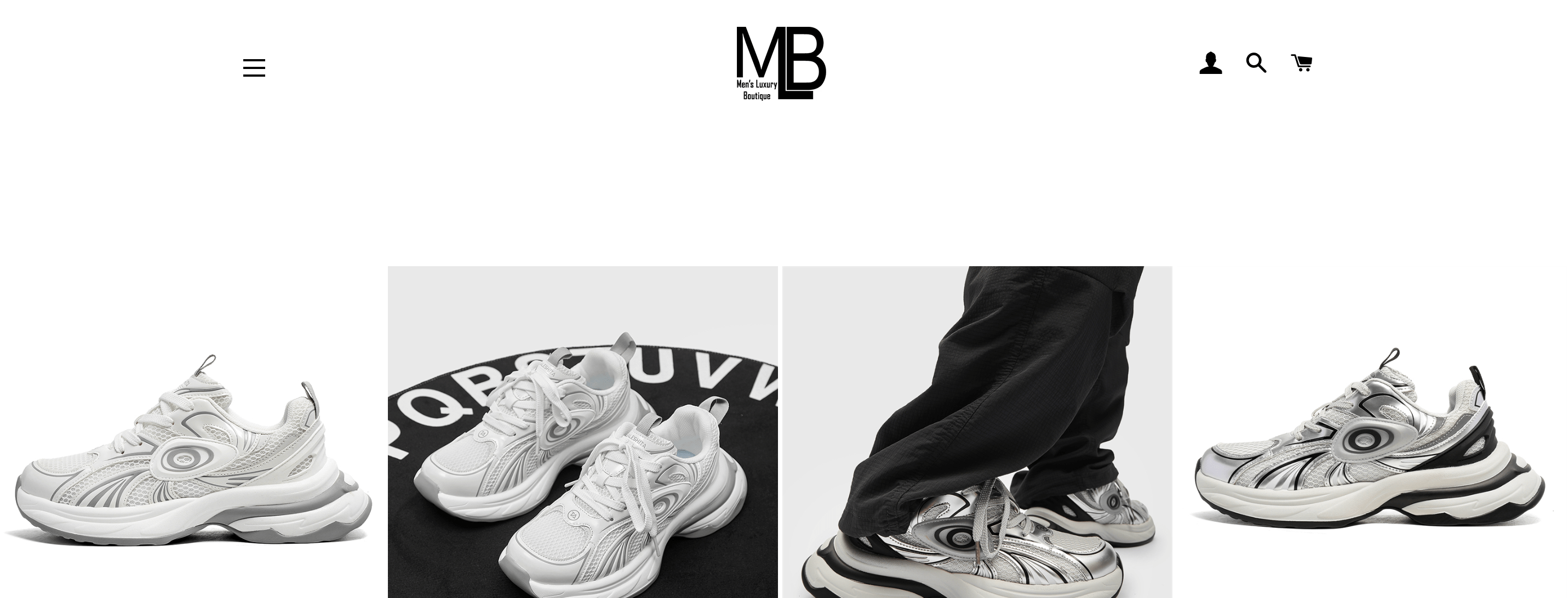
Kith
- Niche: streetwear
Established in 2011, Kith has become synonymous with high-quality streetwear apparel. Stocking a curated selection of clothing, footwear, and fashion accessories from renowned designer brands, the store caters to all tastes of fashion enthusiasts.
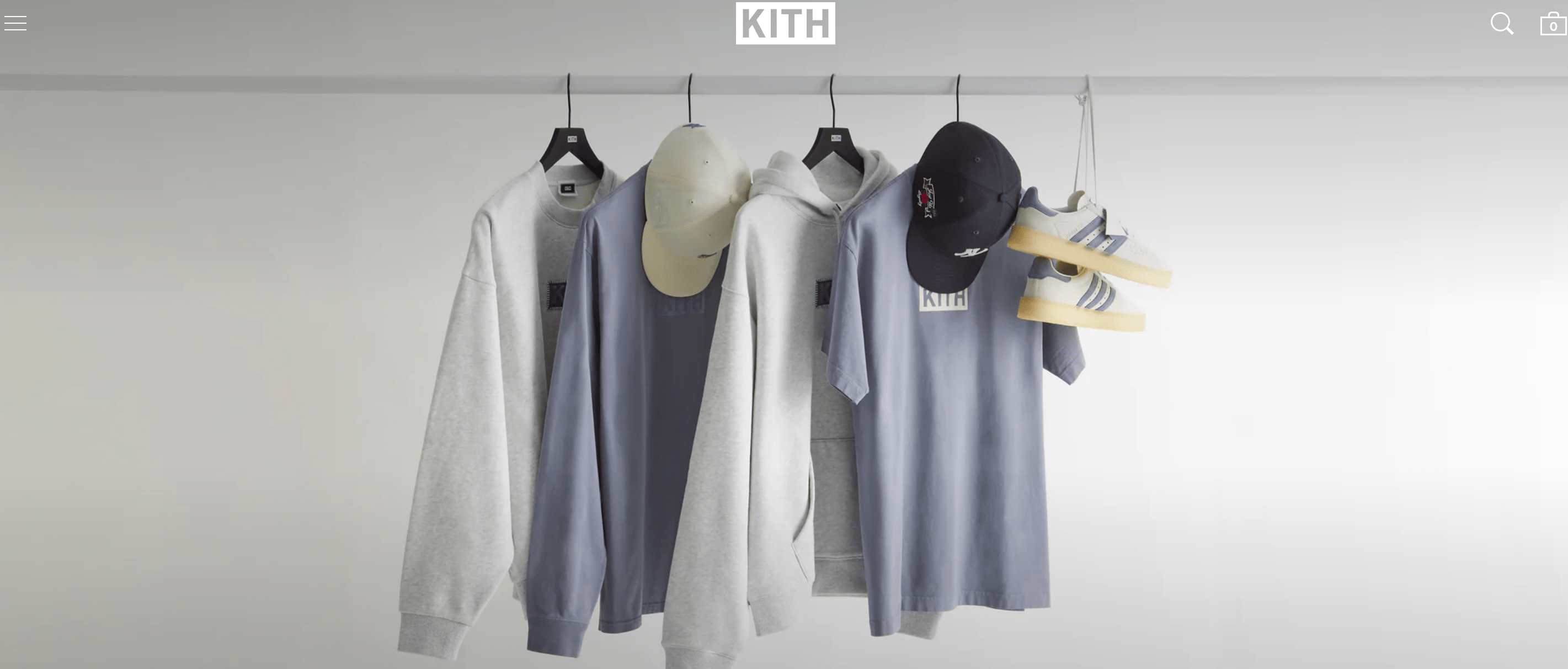
Azura Runway
- Niche: men’s and women’s designer clothing
Based in Australia, Azura Runway specializes in high-end fashion products. Their inventory includes apparel from prestigious brands such as Prada, Dolce & Gabbana, Gucci, and Chanel, offering both men’s and women’s clothing and accessories.

Print-on-demand
Print-on-demand (POD) allows you to create custom designs for products like t-shirts, books, mugs, or canvas prints that are then produced by a POD service only after a customer makes a purchase.
It eliminates the risks associated with unsold stock and offers incredible flexibility in product offerings.
How does print-on-demand work?
- STEP 1: Customer places order.
- STEP 2: Order is sent to POD service.
- STEP 3: The product gets printed.
- STEP 4: Order is shipped.
Here’s the content with the advantages and disadvantages merged into one row below the first row:
| Advantages | Disadvantages |
|---|---|
| • Offer unique products tailored to specific audiences. • Launch new designs without significant risk or investment. | • You might be restricted by what products your POD supplier offers. • Some POD services also have restrictions on what can be printed, which may limit design creativity. • Production time can add to overall delivery times for customers. |
Check out: Print-on-demand vs. Dropshipping
Affiliate marketing
Affiliate marketing entails companies enlisting third-party individuals to promote their products or services in exchange for commissions.
The process is straightforward: You choose a product or service you’re interested in, promote it to your audience, and earn a profit for each sale made through your referral link.
How does affiliate marketing work?
- STEP 1: Join an affiliate program: Choose a product or service you love and join their affiliate program.
- STEP 2: Promote the product: Share the product with your audience via blog posts, emails, social media posts, or any other way you communicate with your audience.
- STEP 3: Earn a commission: Whenever someone makes a purchase through your referral link, you earn a commission.
| Advantages | Disadvantages |
|---|---|
| • No need for product development or handling returns. • Since you’re not creating or storing products, the startup costs are minimal. | • Your income relies on the affiliate program’s stability and reputation. • Standing out among numerous affiliates can be challenging. • If the merchant discontinues the product or decides to close their affiliate program, your revenue stream is affected. |
Digital products
Selling digital products such as PDFs, e-books, online courses, and software—involves delivering value through downloadable or streamable content.
How does selling digital products work?
- STEP 1: Customer makes a purchase online.
- STEP 2: Upon payment confirmation, the customer receives access to the digital product, typically through a download link or login credentials.
- STEP 3: The customer can then download or access the digital product on their device.
| Advantages | Disadvantages |
|---|---|
| • Your sales aren’t limited by stock levels or shipping capacity. • Products can be sold repeatedly without additional production costs, creating an opportunity for ongoing income. | • Digital piracy and unauthorized sharing can pose a risk to revenue streams and intellectual property rights. • Creating high-quality digital products requires time and expertise, especially for online courses or software development. • Market saturation and competition may impact sales and pricing strategies for digital products. |
How to create an online store with no inventory?
Starting an online store without inventory may seem intimidating at first, but it’s actually quite manageable.
By following these steps and adopting the right approach, you’ll be able to get your online store up and running quickly.
1. Choose your business model
Your business model serves as the foundation for your online store.
It outlines how you’ll generate income, what types of products you’ll offer, and who your target audience is.
What to consider when choosing a business model?
- Consider your budget and financial resources to determine the startup costs and overhead expenses.
- Evaluate the scalability and growth potential of each business model to align with your long-term goals.
- Analyze the level of control and flexibility offered by each model, as well as the associated risks.
- Think about the level of expertise and resources required to operate each business model effectively.
- Choose a business model that matches your skills and business objectives.
2. Conduct market research for niche selection
Starting an online store requires a solid foundation, and nothing is more crucial than selecting the right clothing niche.
Thorough market research is essential to uncover the needs and preferences of potential customers and pinpoint a niche that has sufficient demand and limited competition.
Here’s how you can dive into market research and make informed decisions about your niche selection:
Research competitor websites and social media channels
Dive into your competitors’ websites and social media profiles to understand their product offerings, pricing strategies, customer engagement tactics, and brand messaging.
Analyze their content, follower interactions, and customer feedback to identify market trends, customer preferences, and areas for differentiation in your own business strategy.
For example, if you’re exploring retail websites like YOOX, on social media platforms like Instagram, you could observe how they effectively build strong relationships with their customers by posting helpful styling tips and interesting fashion facts.
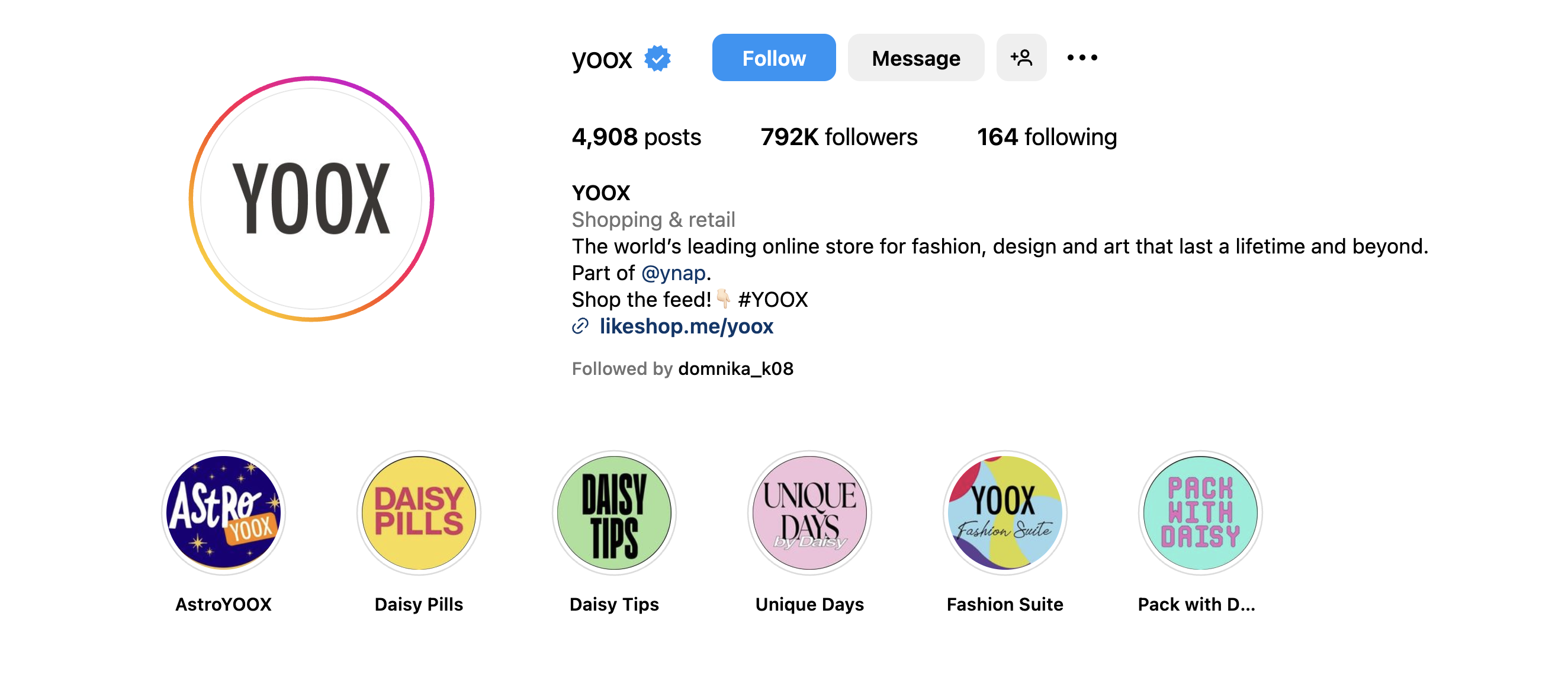
Explore niche marketplaces
Explore specialized online clothing marketplaces catering to specific niches or industries relevant to your business.
Browse through product listings, customer reviews, and seller profiles to gain insights into niche market demand, competition, and pricing dynamics.
For instance, you can start by exploring Amazon’s best-selling page to assess market saturation and discover opportunities to differentiate your online clothing store within specialized market segments.
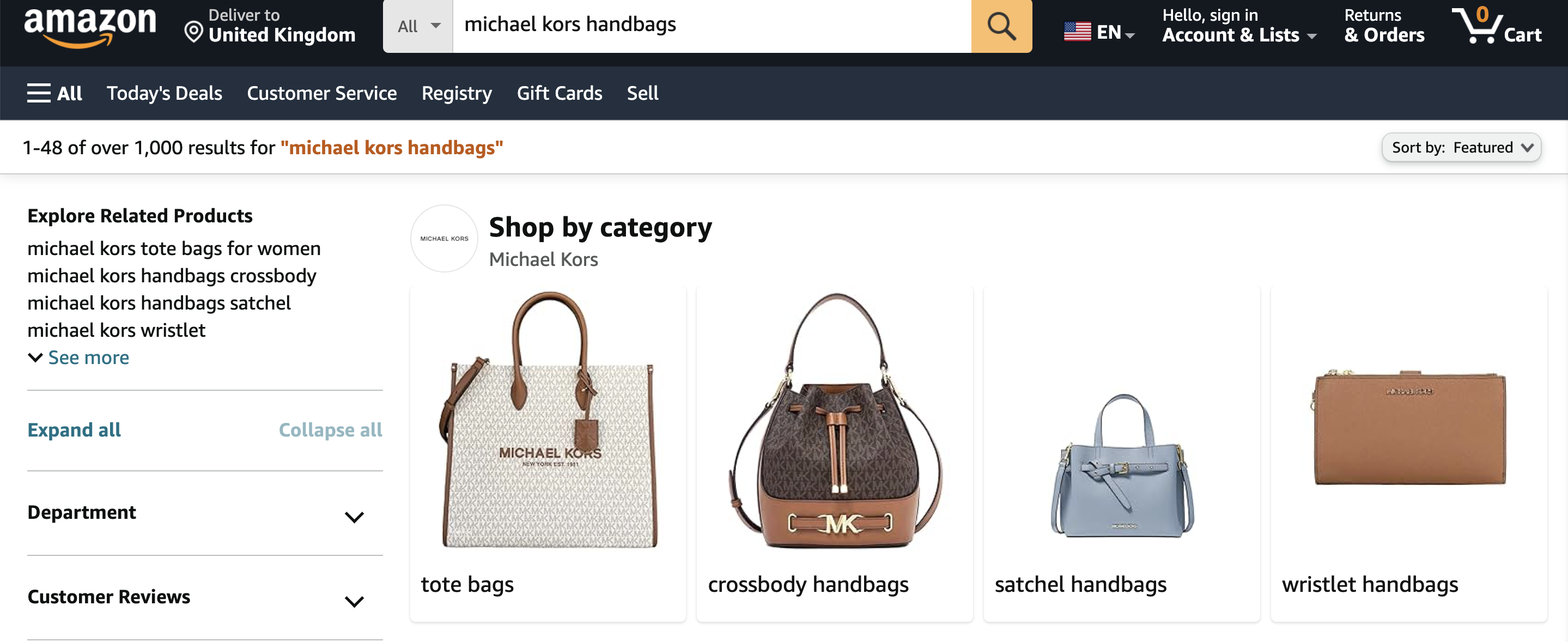
Analyze customer reviews and ratings
Take a look at customer reviews and ratings on eCommerce platforms, social media channels, and review websites to understand customer perceptions, preferences, and pain points related to products in your niche.
Look for common trends and areas for improvement that you can use for product development, marketing strategies, and customer service initiatives.
To illustrate, suppose you’re exploring customer reviews for an online casual wear brand.
You might notice recurring praise for the quality and durability of their items, but find consistent complaints about the versatility of their product collections.
This insight could prompt you to focus on offering more clothing options.
Consider target audience demographics
Analyze demographic data such as age, gender, location, income level, and lifestyle preferences to create detailed customer personas representing your target audience segments.
Use market research tools, surveys, and data analytics to identify key demographic trends, market size, and growth potential within your target market segments.
For example, if you’re targeting customers interested in luxury fashion, you might find that a significant portion of your target audience resides in metropolitan areas, falls within the millennial and Gen Z age group, and values exclusive and durable clothing options.
Leverage Google Trends
With Google Trends, you can see what’s piquing people’s interest over time.
Use the tool to track and analyze search interest for specific keywords, topics, or product categories relevant to your niche.
Explore regional interest, seasonal variations, and emerging search queries to identify market trends, consumer behavior patterns, and even content opportunities for your business.
3. Set up your online store
Once you’ve chosen a business model and identified your niche, it’s time to set up your online store.
STEP 1: Choose an eCommerce platform
The first step to establishing your online presence is selecting an eCommerce platform that caters to your business requirements and budget.
Platforms like Shopify, WooCommerce, or BigCommerce are popular choices among entrepreneurs:
- Shopify is renowned for its beginner-friendly interface. It provides a variety of themes and apps that can enhance the functionality of your store.
Check out: How to start dropshipping on Shopify?
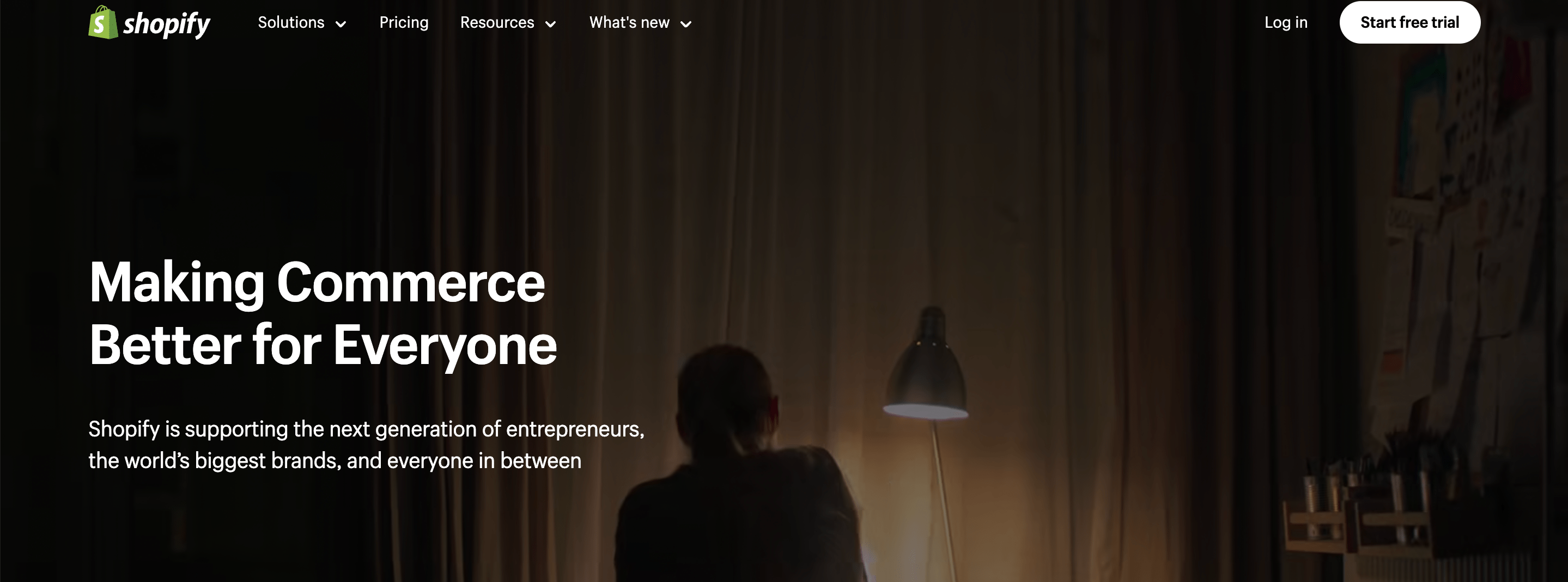
- WooCommerce, on the other hand, is a free plugin for WordPress websites. It’s perfect for those who already have a WordPress site and wish to add eCommerce functionality. Its strength lies in its flexibility and the wide array of customization options.
Check out: How to start dropshipping on WordPress?
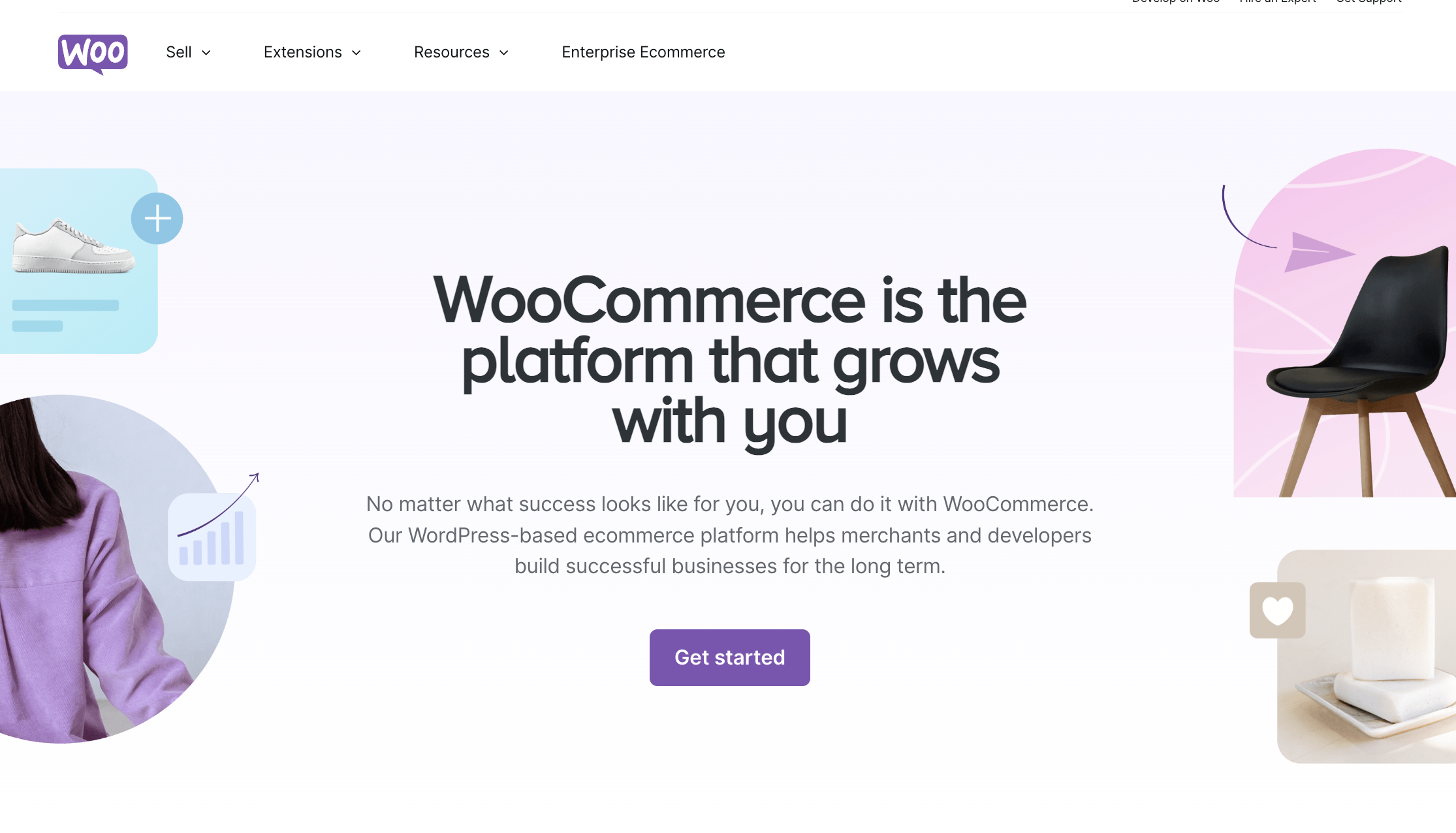
- BigCommerce stands out with scalable solutions suitable for businesses of all sizes, from startups to enterprise-level companies as well as affordable subscription plans.
Check out: How to start dropshipping on BigCommerce?
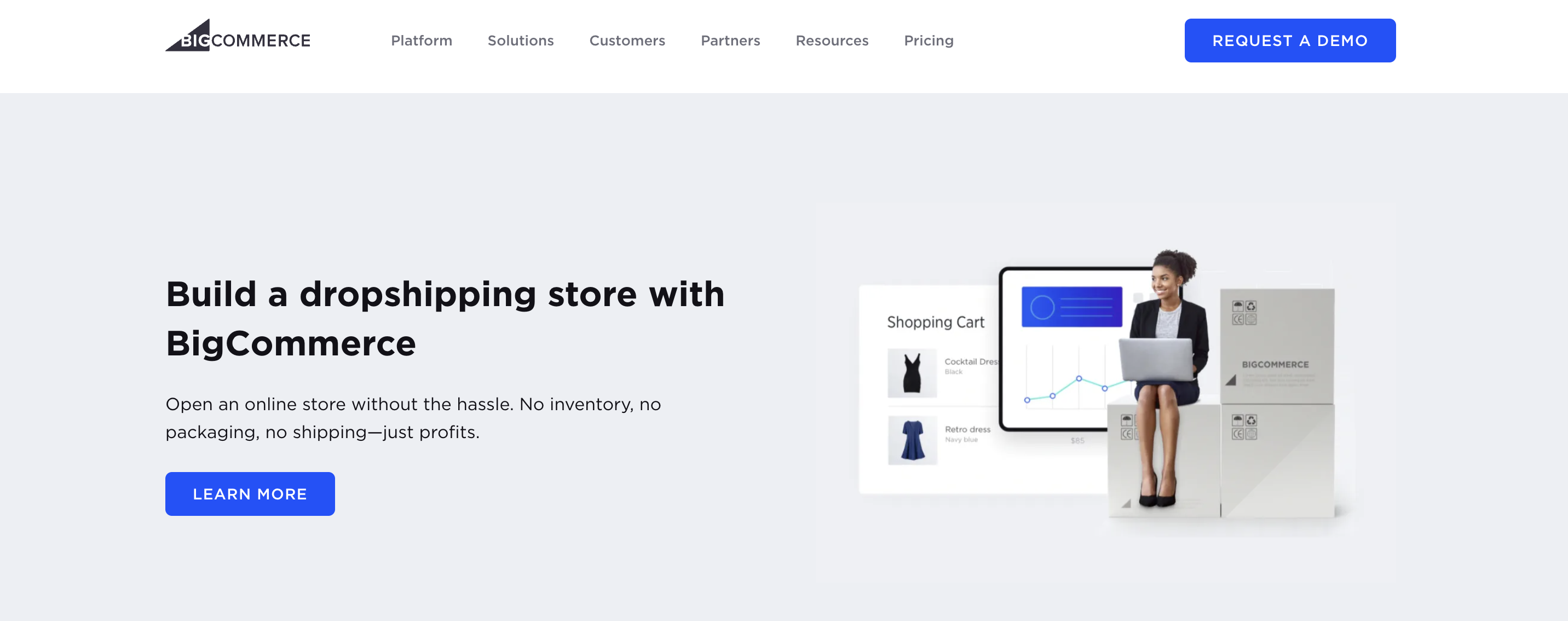
STEP 2: Design your storefront
Once you’ve chosen your platform, it’s time to customize your online store for a professional look and feel.
Consider these points:
- Design: Choose a theme that aligns with your brand image. A clean, visually appealing design can make your products stand out and provide an enjoyable shopping experience. For example, Everlane’s minimalist design excels in emphasizing product simplicity and transparency.
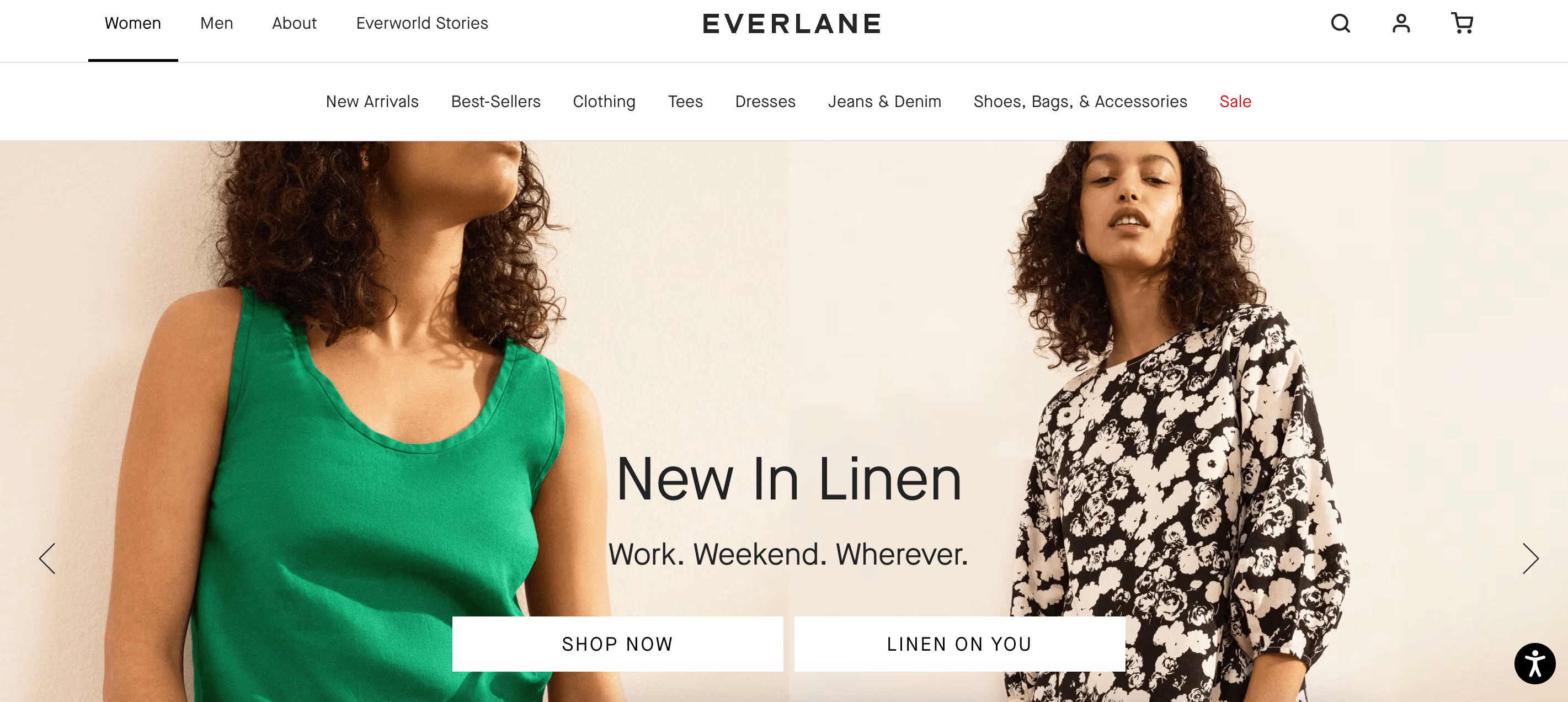
- Navigation: Make sure navigation is intuitive and user-friendly. Customers should be able to find what they’re looking for easily. ASOS excels in this aspect with its well-organized categories and filters, allowing shoppers to narrow down their search effortlessly.

- Product images: High-quality images are crucial in eCommerce as they’re the customers’ only way to inspect products before purchasing. Giglio sets the bar high with its vibrant and visually striking product images, showcasing their clothing from multiple angles.
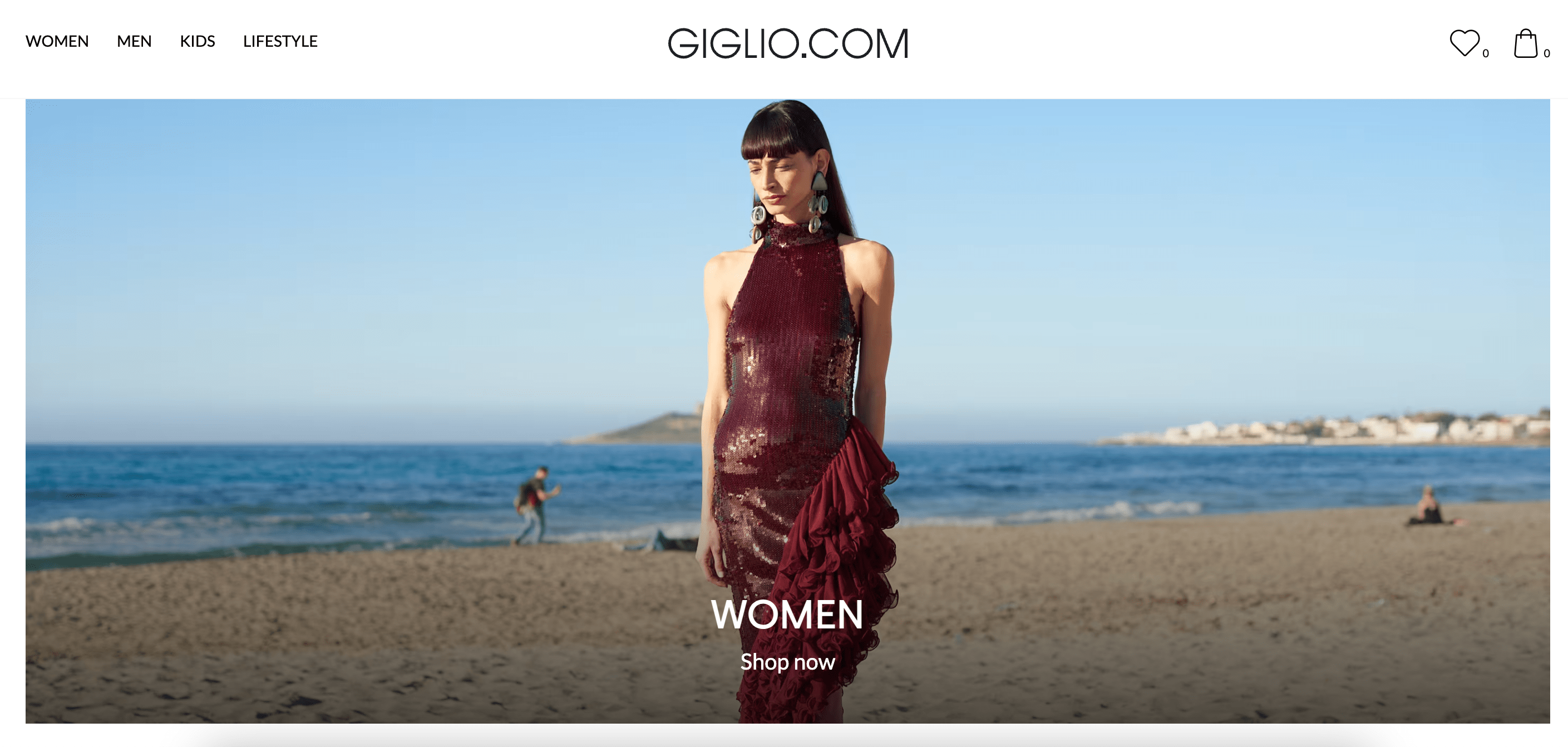
Check out: Successful dropshipping clothing stores
STEP 3: Add product listings
Upload compelling product descriptions and high-quality images for each item you plan to sell.
Make sure to highlight unique selling points and clearly communicate product specifications.
STEP 4: Set up payment gateways
Integrate well-known payment gateways into your online store to facilitate smooth transactions with customers.
Your customers should have a variety of payment options available—credit/debit cards, PayPal, Apple Pay, etc.—and all transactions must be secure.
STEP 5: Configure shipping options
Shipping is another vital aspect of setting up your online store.
You’ll need to determine shipping rates (free shipping, flat rate, real-time quotes) and set delivery expectations.
Consider partnering with reliable courier services as well as suppliers to ensure timely delivery.
4. Market your products
No matter how great your products are, they won’t sell themselves.
Implementing effective marketing strategies is crucial for driving traffic to your online store and generating sales.
Here are some tactics to consider:
Social media marketing
- Regular posts: Keep your brand top-of-mind with frequent, relevant posts.
- Engage with followers: Respond to comments and messages promptly to build community trust.
- Run contests and giveaways: Encourage participation and post shares by offering prizes.
@lovestrucklou $500 VOUCHER GIVEAWAY ✨✨✨ enter via IG – @lovestruck_lou
♬ use this if ur hot – 𝔰𝔭𝔢𝔢𝔡 𝔰𝔬𝔫𝔤𝔰😮💨
Content marketing
- Create informative blog posts: Share insights, tutorials, and product reviews that resonate with your target audience.
- Produce engaging videos: Use platforms like Instagram, TikTok, and YouTube to demonstrate products and share stories that captivate viewers.
Influencer partnerships
- Identify relevant influencers: Look for personalities that align with your brand values and have an engaged audience.
- Collaborate on content: Work together on posts that highlight the benefits of the products you are promoting.
Email marketing
- Newsletter sign-ups: Offer incentives for customers to subscribe to your newsletter for exclusive deals and content.
- Personalized campaigns: Send tailored emails based on user behavior and preferences.
- Segment your audience: Categorize subscribers to send more targeted promotions and updates.
Paid advertising
- Targeted ads: Use platforms like Google shopping ads, Instagram ads, or Facebook ads to target specific demographics interested in your offerings.
- Retargeting campaigns: Reach out again to visitors who didn’t make a purchase on their first visit.
- Monitor ROI: Keep an eye on the returns from each paid campaign to adjust strategies accordingly.
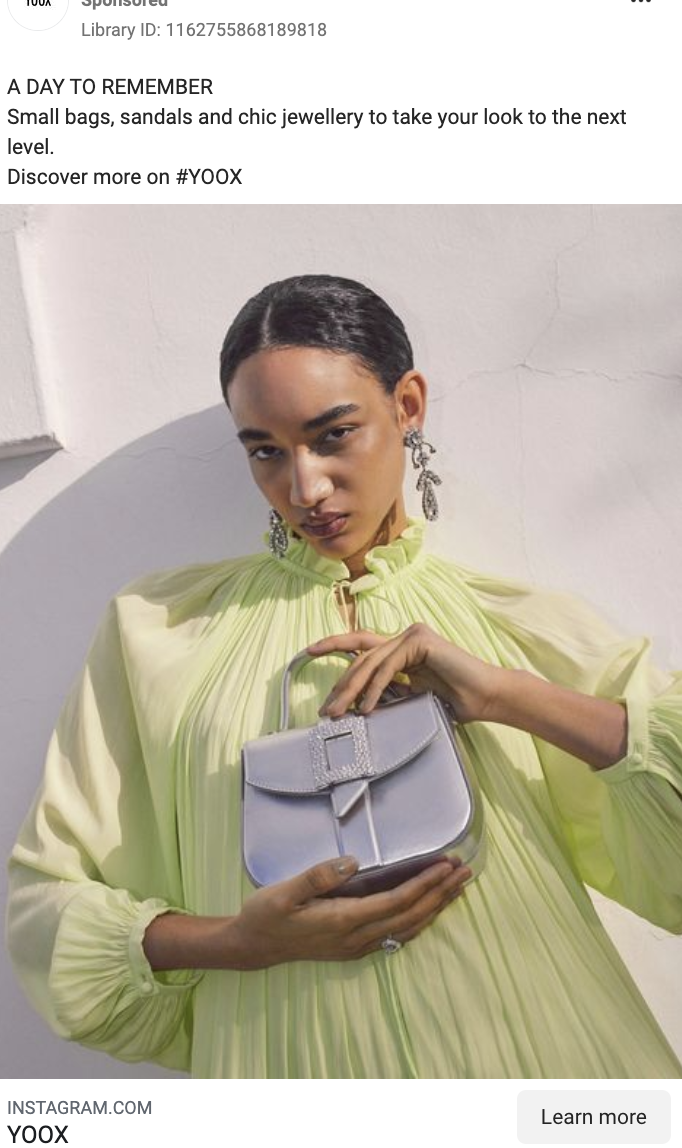
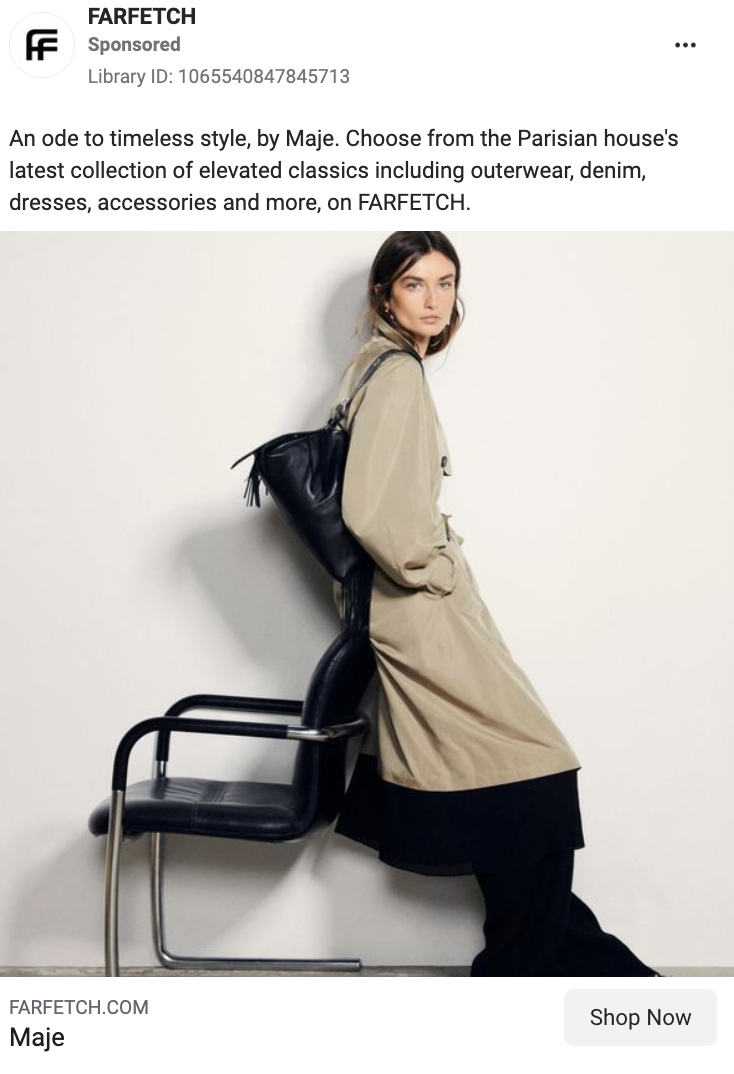
SEO Optimization
Use keywords effectively
- Research keywords that are relevant to your niche and products.
- Integrate these keywords into your website content, including product descriptions, blog posts, and page titles.
- Use tools like Google Keyword Planner or Ahrefs for keyword research.
Write quality content
- Develop blog posts and articles that provide value to your readers while incorporating keywords naturally.
- Ensure your content addresses the needs of your audience, answers their questions, and offers solutions.
- Regularly update your website with fresh content to keep both users and search engines engaged.
Master on-page SEO
- Optimize meta tags, including title tags and meta descriptions, with targeted keywords.
- Use alt text for images, describing what the image is about and including relevant keywords when appropriate.
- Structure content with proper heading tags (H1, H2, H3) to make it easier for search engines to understand the hierarchy and relevance of your content.
- Create unique and descriptive product names.
Build quality backlinks
- Aim to get high-quality backlinks from reputable websites in your industry. If you don’t know how to start out, browse for the best link-building tactics you can try as a beginner.
- Guest post on popular blogs or collaborate with influencers and ask them to link back to your store.
5. Continuously optimize your store
Launching your online store is just the beginning.
To stay competitive and maximize profitability, it’s important to constantly optimize various aspects of your business, including:
- SEO: It’s important to stay current with SEO trends and updates, as algorithms and search behaviors evolve quite frequently. Regularly review your content, including blog posts, copy, meta descriptions, and product descriptions and update them as necessary to maintain search rankings.
- Website speed: Ensure fast loading times to prevent visitors from bouncing off your site.
- Mobile responsiveness: Optimize your online store for mobile devices, as an increasing number of consumers shop on smartphones and tablets.
- User experience: Regularly gather feedback from customers and make necessary improvements to enhance their browsing and purchasing experience.
How to sell without inventory with BrandsGateway?
Selling high-end fashion without stocking a single item is completely possible through a partnership with BrandsGateway.
As one of the leading B2B luxury fashion marketplaces, BrandsGateway offers exceptional dropshipping service that allows online entrepreneurs to sell without ever handling the products themselves.

How to start dropshipping with BrandsGateway?
STEP 1: Register for an account
- Visit https://brandsgateway.com/register/.
- Enter your email and create a password.
- Click ‘Register.’
STEP 2: Choose your plan
- Go to https://brandsgateway.com/pricing/.
- Select your platform and subscription.
- Enter billing details.
- Complete your order by clicking ‘Sign up Now.’
STEP 3: Integrate with BrandsGateway
- Follow the emailed instructions to install the BrandsGateway plugin.
- Access training videos and tutorials.
- Connect your store using the provided links based on your platform:
- Shopify
- WooCommerce
- Wix
- Shift4Shop
- BigCommerce
- API keys for custom-built websites
STEP 4: Start buying and selling
- Once set up, orders will be automatically forwarded to BrandsGateway
- Review and pay for orders in your profile:
- Open your profile.
- Navigate to ‘Orders.’
- Click ‘Finalize’ for each order.
- Add billing and shipping details.
- Click ‘Place order.’
What does BrandsGateway offer that other dropshipping suppliers don’t?
- Sell from a vast selection of over 20,000 luxury items from well-known brands like Dolce & Gabbana, Gucci, Jimmy Choo, Jacquemus, Prada, Swarovski, Armani, Tory Burch, and Michael Kors among others.
- There are no minimum order quantity restrictions for dropshipping orders, making it accessible to businesses of all sizes.
- Shipping is available to over 170 countries, with fast delivery times of 1-3 days within the EU and 5-7 days for destinations outside the EU.
- BrandsGateway seamlessly integrates with major eCommerce platforms such as Shopify, WooCommerce, Wix, Shift4Shop, and BigCommerce.
- Dropshipping customers benefit from a generous 14-day return policy, ensuring customer satisfaction and peace of mind.
- Support channels include phone, email, and demo calls, providing prompt assistance when needed.
Hear it from current dropshippers themselves
I am new to the e-commerce world, and Brandsgateway has made it easy for me to start my online business. I appreciate the wide selection of products, brands and the reasonable price points.” – Krista Glover
What a great take off and a smooth landing. Business to business filled with profit in-between. Amazing support and luxury products all with quality images and comprehensive descriptions. The easy to install plugin creates a seamless integration so you pick pick and everything else is done for you in the transfer of inventory. – Kyle Tekin-Morras
Brandsgateway is our go-to supplier for luxury fashion, and they’ve consistently exceeded our expectations. Their refund guarantee when products are returned on time, responsive customer support, and reliability have made them an indispensable partner for us. What truly stands out is their ever-evolving collection of luxury fashion items.” – Homty and Co
They were highly responsive and resolved my queries promptly. They have earned my trust as a reliable source for quality products and impeccable service. I’ll definitely be a returning customer, and I highly recommend them to anyone seeking exceptional fashion deals. – Outletprimerasmarcas
Check out our case studies.
Master the art of inventory-free eCommerce
Starting an online store without inventory might seem like a daunting task, but as we’ve seen, it’s totally doable and can be incredibly rewarding.
By leveraging one of the eCommerce models we discussed, you can build a thriving online business without the need to invest in costly inventory upfront.
So, get out there, do your research, and start building your dream online clothing store today.
With the right strategy and a little bit of hustle, the sky’s your limit!
FAQ
-
Yes, you can sell online without inventory through various business models such as dropshipping, print-on-demand, and affiliate marketing.
These models allow you to list and sell products without holding any physical inventory yourself. Instead, you partner with suppliers who handle the storage, fulfillment, and shipping processes on your behalf.
-
To start an online business without stock, you can follow these steps:
-
- STEP 1: Choose a business model such as dropshipping.
-
- STEP 2: Research and select a niche market for your products.
-
- STEP 3: Set up an online store using platforms like Shopify, WooCommerce, or Wix.
-
- STEP 4: Source products from suppliers.
-
- STEP 5: Create product listings and optimize them for search engines.
-
- STEP 6: Market your online business through social media, email marketing, and other channels.
-
-
To sell on Shopify without inventory, you can use the dropshipping business model in the following way:
-
- STEP 1: Set up a Shopify store.
-
- STEP 2: Install a dropshipping app or integrate with a dropshipping supplier.
-
- STEP 3: Import products from the supplier’s catalog to your Shopify store.
-
- STEP 4: Customize product listings and set your prices.
-
- STEP 5: When a customer places an order on your Shopify store, it is automatically forwarded to the dropshipping supplier for fulfillment.
-
- STEP 6: The supplier ships the product directly to the customer, and you earn a profit from the sale without ever handling the inventory.
-
-
Yes! You can use Amazon to sell without inventory. Simply connect Amazon with your eCommerce platform and list products from your supplier.
-
Yes, you can start an online store with no money by using low-cost business models and free resources. Here’s how:
-
- Choose a free eCommerce platform like WooCommerce or Wix to set up your store.
-
- Select a business model that requires minimal upfront investment, such as dropshipping.
-
- Use free marketing channels like social media, content marketing, and email marketing to promote your store.
-
- Start small and reinvest profits into growing your business over time.
- Look for free or low-cost tools and resources to manage different aspects of your online store, such as website design, email marketing, and customer support.
-
Related articles
Our clients' success stories speak volumes about the impact BrandsGateway has had on their businesses.
View More Articles








:format(webp)/https%3A%2F%2Fbrandsgateway.com%2Fapp%2Fuploads%2F2024%2F07%2FScreenshot_20240618_140550_Gallery.jpg)
:format(webp)/https%3A%2F%2Fbrandsgateway-img.s3.fr-par.scw.cloud%2F4352691.jpg)
:format(webp)/https%3A%2F%2Fbrandsgateway-img.s3.fr-par.scw.cloud%2F1903807.jpg)
:format(webp)/https%3A%2F%2Fbrandsgateway-img.s3.fr-par.scw.cloud%2F6825471.jpeg)
:format(webp)/https%3A%2F%2Fprod-brandsgateway-images.s3.fr-par.scw.cloud%2F2022%2F03%2Fdropshipping-clothing-business-e3e613b8-0b1.jpg)
:format(webp)/https%3A%2F%2Fprod-brandsgateway-images.s3.fr-par.scw.cloud%2F2021%2F05%2FList-of-the-best-dropshipping-books-a3e8f413-00a.jpg)
:format(webp)/https%3A%2F%2Fprod-brandsgateway-images.s3.fr-par.scw.cloud%2F2022%2F01%2Fwholesale-clothing-germany-6241337f-7e1.jpg)
:format(webp)/https%3A%2F%2Fprod-brandsgateway-images.s3.fr-par.scw.cloud%2F2020%2F11%2Fwholesale-clothing-suppliers-usa-bed8e72a-d5e.jpg)
:format(webp)/https%3A%2F%2Fprod-brandsgateway-images.s3.fr-par.scw.cloud%2F2022%2F12%2Fdropship-trending-products-5486f213-aff.png)
:format(webp)/https%3A%2F%2Fprod-img.s3.fr-par.scw.cloud%2F2023%2F12%2Fshopify-vs-bigcommerce-4a0bdbb8-850.png)
:format(webp)/https%3A%2F%2Fprod-brandsgateway-images.s3.fr-par.scw.cloud%2F2023%2F04%2Fdropshipping-watches-19f6f0c7-d42.png)
:format(webp)/https%3A%2F%2Fbrandsgateway.com%2Fapp%2Fuploads%2F2025%2F04%2Freview-scaled.jpg)